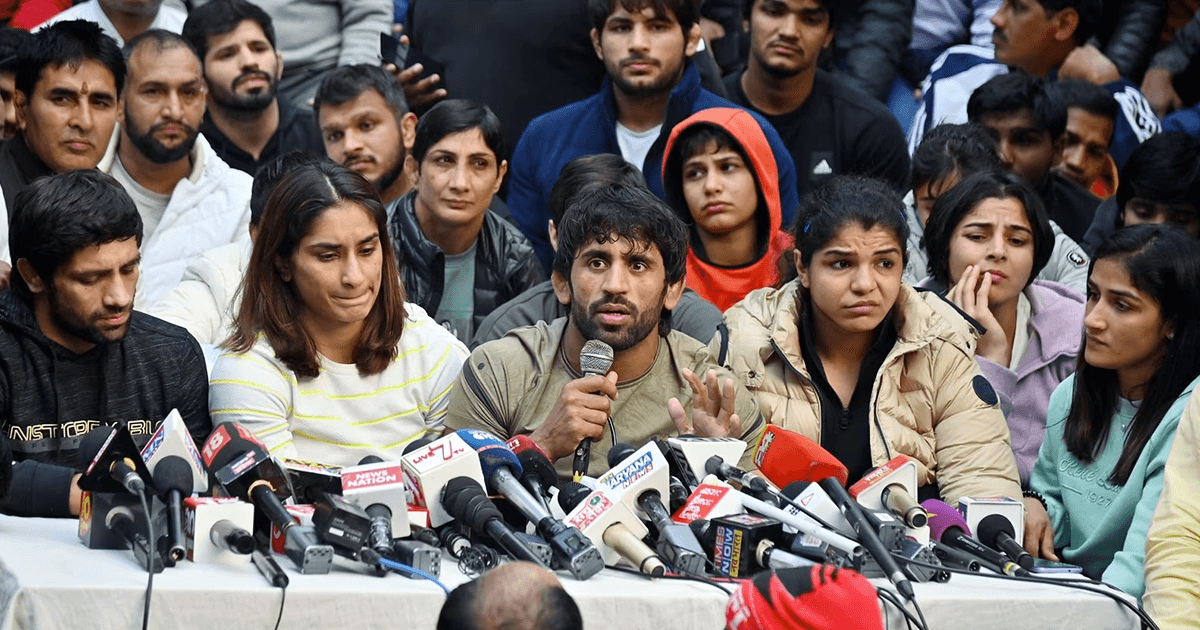The lives of cricketers have always been something we care too much about. When they get us a win, sure, but it’s also so much about what they do when they are not winning. We are almost obsessed, and it’s human to care about goss. However, it’s also human to care about issues that exist around us – you know, more humanly issues. Maybe, something like the protest in Ladakh, and Sonam Wangchuk’s role in it. Since you are here now, why not focus on THAT? Clearly, it’s important to talk about something that is happening in the country – which we have apparently chosen to ignore.

So let’s do that, instead. Let’s begin from the last piece of information, shall we?
We finally heard about the protest as part of mainstream information when Wangchuk announced the end to his 21-day hunger-strike. “This is the end of the first phase of the hunger strike. But this is not the end of the protest. It’s a new beginning. The new phase will start tomorrow.”
The hunger-strike was initiated with the intent to bring focus on the challenges associated with climate, and how they are impacting the Himalayas. He has additionally advocated for Ladakh to be granted statehood and to be incorporated into the Sixth Schedule of the Constitution. The Sixth Schedule grants authority to regional councils to enact laws concerning canal water, forests, land, village administration, marriage and divorce, property inheritance, social customs, and town village administration.
“Today our planet is going through huge challenges, environmental challenges, global warming, climate change and no where else this challenge can be seen more than in the Himalayas, than in the Tibetan plateau.”
People from Ladakh have been gathering in large numbers, in extreme temperatures in order to be heard. The larger intent is to protect the ecology and find autonomy over decisions associated with the region. The locals want the system to understand and hence act on the impact of uncontrolled industrial development and military activity.

As a result, climate activist, Sonam Wangchuk has been on fast since the protests started on March 6. As an engineer who has been working on solutions for sustainability has also referred to his protest as the climate fast. Which means that this protest is an extension of his work at the Himalayan Institute of Alternative Ladakh.
)
Oh, and the fight between the cricketers didn’t really happen. But the fact that it matters more than the issues in Ladakh, says a lot about us. So maybe, the bare minimum to do in this case is, to just know things – and try and act on them.
















